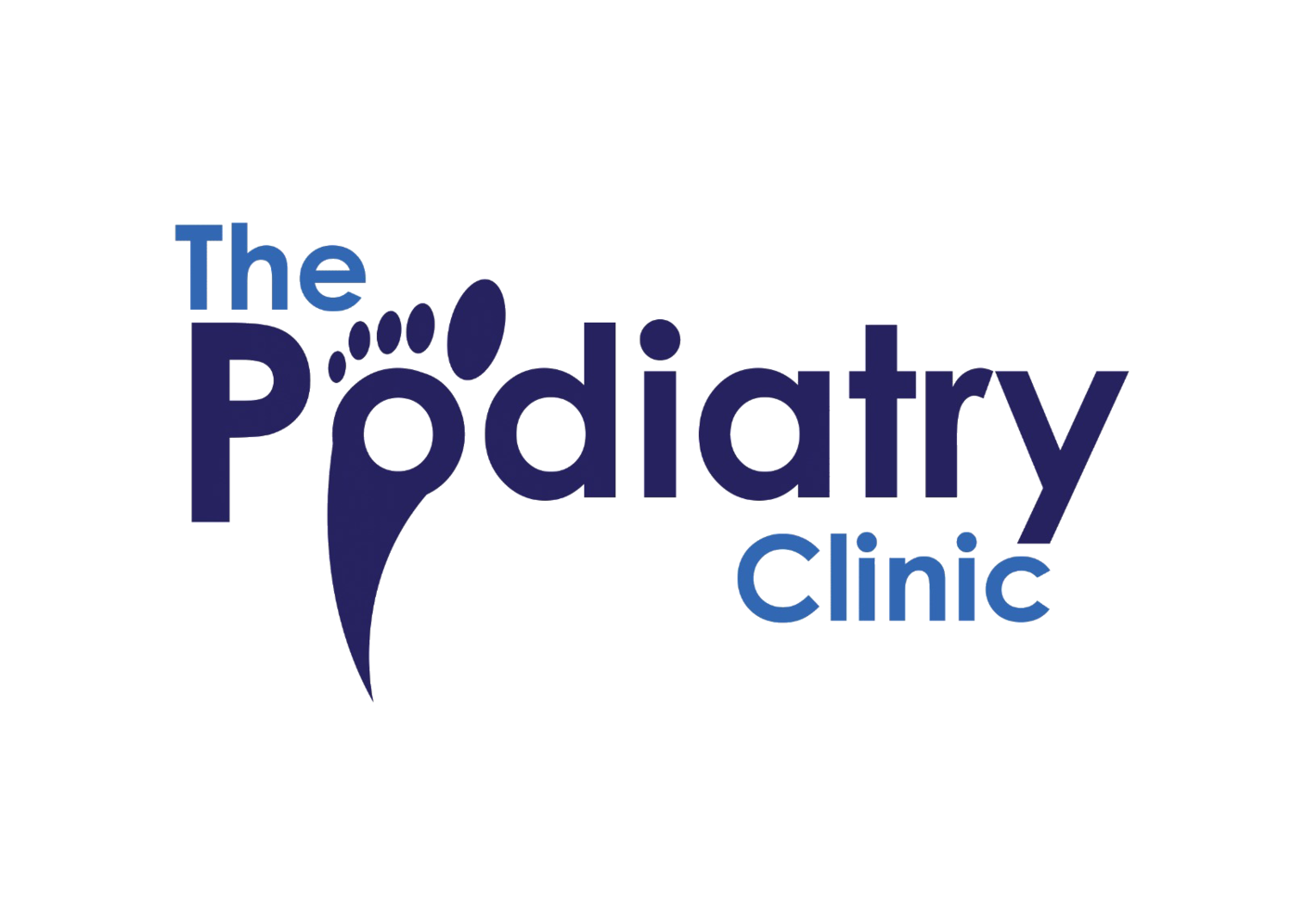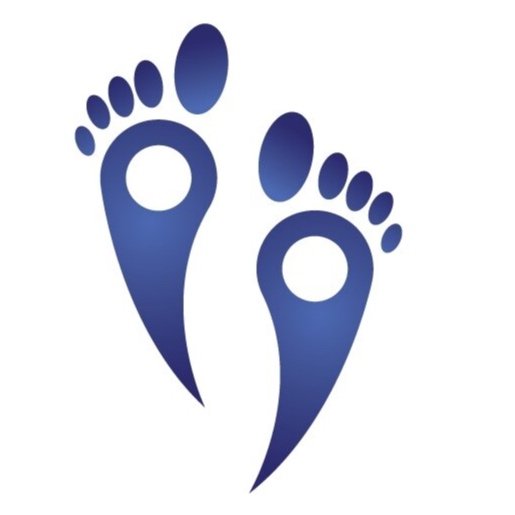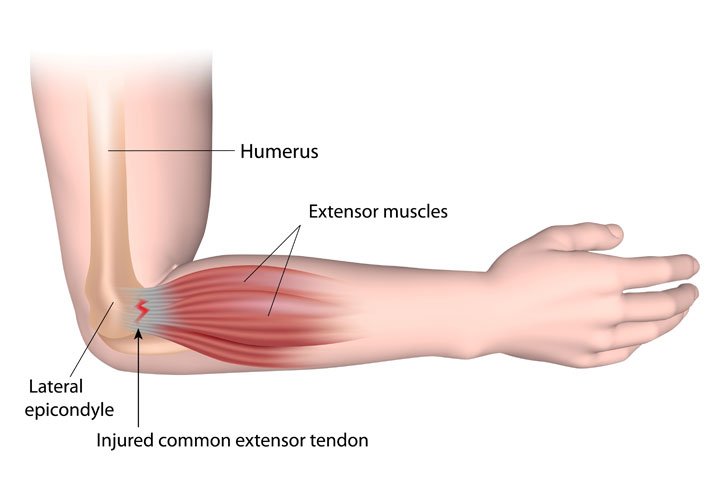Tennis Elbow: How to treat the elbow pain?
Tennis elbow or pain on the outer side of the elbow, also known as lateral epicondylitis. It is a common repetitive stress injury. Repetitive tension strains the tendon that joins the muscles — which run between the wrist and elbow to the lateral epicondyle, causing tennis elbow.
Don't be fooled by the name; tennis elbow can affect those who don't play tennis. People who continuously straighten and lift their wrist and elbow are more likely to develop this condition. Painting, needlework, and computer work are all examples of repetitive tasks that can exacerbate the wrist over time.
The pain may spread to the forearm and wrist, and grip strength may deteriorate in extreme cases. Simple activities like raising a cup, turning a key, or shaking hands can become difficult.
Pruning bushes or removing weeds, using a screwdriver, or playing the violin are all examples of activities that entail twisting or gripping actions in which the forearm muscles are regularly tightened against resistance. Professional gardeners, dentists, and carpenters are all susceptible to tennis elbow.
Signs and Symptoms
Tennis elbow can cause the following symptoms:
Tenderness and pain on the outside of the elbow
When you continually straighten and raise your wrist and elbow, it causes pain.
Typing and lifting objects are difficult owing to pain.
Grappling difficulties, such as with supermarket bags.
Treatments of Tennis Elbow
The first course of action. Reduce the amount of time you spend doing tasks that produce pain in your elbow, forearm, or wrist. Apply ice on the epicondyle for 15 to 20 minutes every four to six hours for the first day or so for further pain relief. Wearing an orthotic (a brace, band, splint, or strap) around the forearm can benefit some people.
If your symptoms don't improve, your clinician may prescribe non-steroidal anti-inflammatory drugs (NSAIDs). However, in refractory cases where conventional therapy is ineffective, your clinician may suggest corticosteroid injection or ultrasound-guided corticosteroid injection, which are become a growing form of treatment as corticosteroid injection used to be the treatment of choice for lateral epicondylitis (Gulabi et al 2017).
Although this can provide quick relief, don't use it as permission to resume activities that irritate tennis elbow. Following the injection, you'll be given instructions for rest, ice, as well as physiotherapy.
Ultrasound Guided Injection for Tennis Elbow - Lateral Epicondylitis
To book for an appointment you can call our normal reception line, 0121 285 5656 or email direct to hello@thepodiatryclinics.co.uk requesting an appointment. Please include your name, date of birth, your address and GP contact details.
You will be sent a form to complete and forward back to us or bring along on the day.
REFERENCES:
Randomized Controlled Trial. Arch Orthop Trauma Surg. 2017 May;137(5):601-606. USG-guided injection of corticosteroid for lateral epicondylitis does not improve clinical outcomes: a prospective randomised study. Deniz Gulabi 1, Mehmet Ali Uysal 2, Ahmet Akça 3, Ilker Colak 2, Gultekin Sıtkı Çeçen 4, Seyitali Gumustas 4



